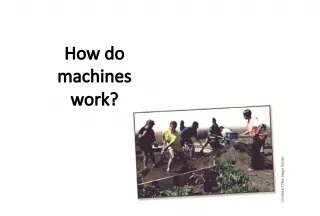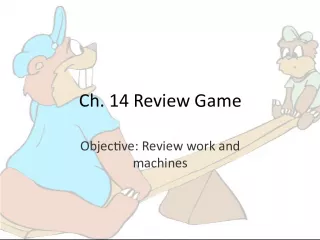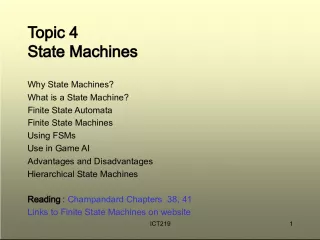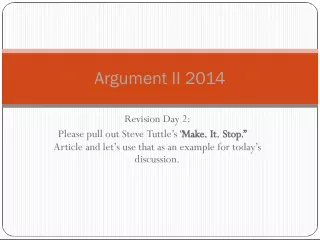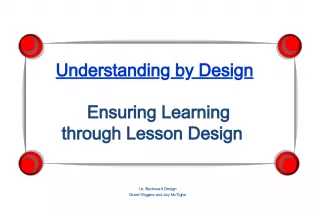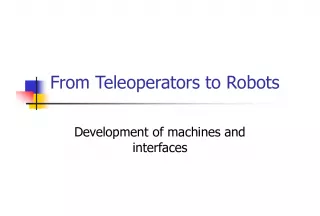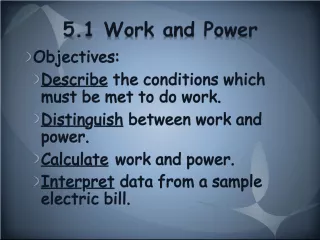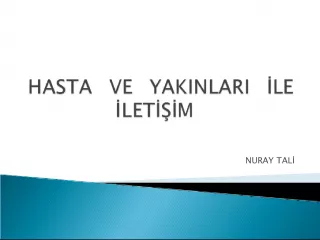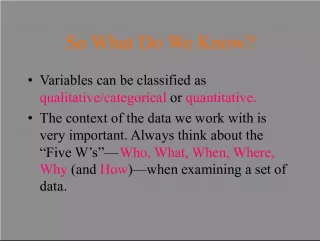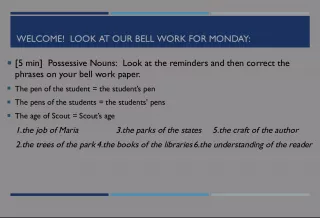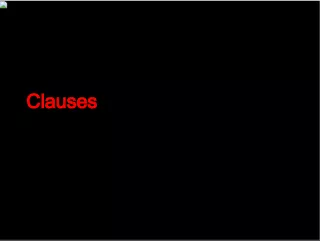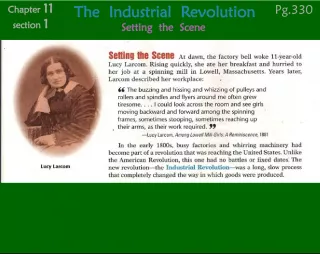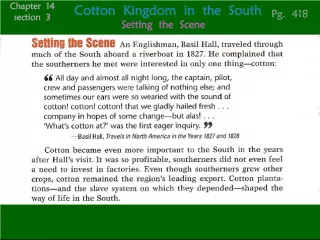Understanding Machines and Levers for Effective Work
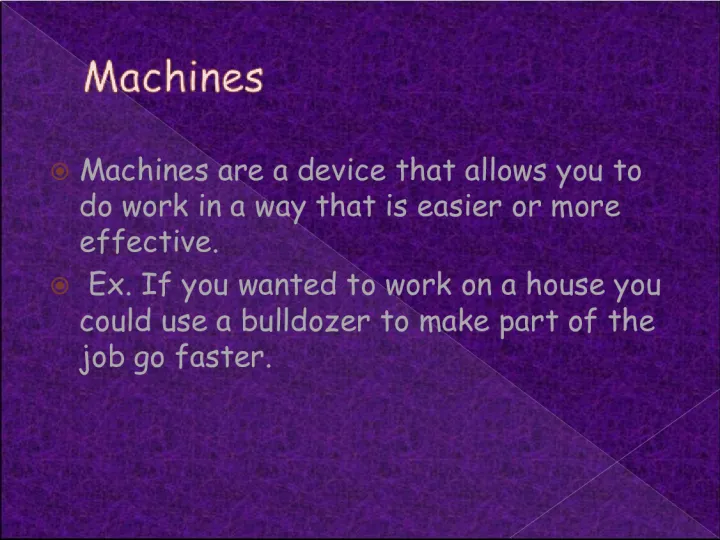

Machines have become a fundamental part of modern life, serving as tools to make work easier, faster and more effective. For instance, when working on a construction project, a bulldozer
- Uploaded on | 4 Views
-
 david
david
About Understanding Machines and Levers for Effective Work
PowerPoint presentation about 'Understanding Machines and Levers for Effective Work'. This presentation describes the topic on Machines have become a fundamental part of modern life, serving as tools to make work easier, faster and more effective. For instance, when working on a construction project, a bulldozer. The key topics included in this slideshow are . Download this presentation absolutely free.
Presentation Transcript
Slide2Machines are a device that allows you to do work in a way that is easier or more effective. Ex. If you wanted to work on a house you could use a bulldozer to make part of the job go faster.
Slide4A lever is a rigid rod that is free to rotate around a fixed pivot point The fixed point that a lever rotates around is a fulcrum.
Slide5There are three classes of levers › These are defined by the location of the fulcrum relative to the effort force and resistance force › In a first class lever, the fulcrum is between the effort force and the resistance force › In a second class lever, the resistance force is between the effort force and the fulcrum › In a third class lever, the effort force is between the resistance force and the fulcrum
Slide7A lever makes work easier by changing the amount of force exerted, the distance over which the force is exerted, or the direction of the force. The effort you exert on a lever is called the effort force. The distance you push down is the effort distance. The force that the lever exerts on an object is called the resistance force. The distance the lever pushes up on an object is the resistance distance. The relationship between work done on a lever and the work does on a object is the formula: › EFFORT FORCE x EFFORT DISTANCE = RESISTANCE FORCE x RESISTANCE DISTANCE
Slide8A lever’s mechanical advantage is the number of times a lever increases a force exerted on it. The mechanical advantage of a lever is equal to the ratio of resistance for to the effort force: › MECHANICAL ADVANTAGE= RESISTANCE FORCE/ EFFORT FORCE
Slide9The distance from the fulcrum to the effort force is called the effort arm The distance from the fulcrum to the resistance force is the resistance arm. The law of the lever states, that for a lever to be balanced, the effort force times the effort arm must be equal to the resistance force times the resistance arm.
Slide10Many of the body’s movable joints are actually fulcrums The joints in the body act as pivot points for the bones The bones act as levers, and muscles provide the force. Your thigh, wrist, shoulder, knee, and elbow joint are all third class levers › The thigh and shoulder is an example of a ball and socket joint › Your wrist joint is an example of sliding joint › Your elbow and wrist joints are examples of hinge joints.
Slide12The most common types of levers in your body is the third class lever. But your body also has first and second class levers as well There is always a lever where the effort force is applied at the point where a muscle attaches to a bone The bone serves as a the lever, and the resistance force is the force exerted by the bone The force may be used for many things like chewing, running, or lifting many things Examples of different levers: › A first class lever is your neck › A second class lever is the call of your feet › A third class lever is your elbow
